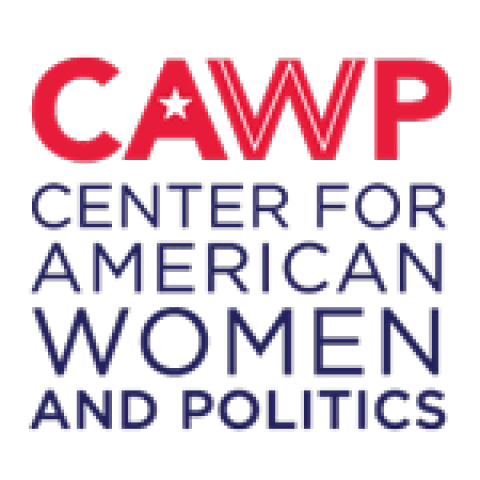Native American Women Candidates in 2020
The Center for American Women and Politics (CAWP) has tracked women’s political candidacies for three decades. Since 2004, CAWP has collected women candidates’ racial identification, relying primarily on candidate self-identification. This year, we are reporting this data pre-election and in greater depth than we have before, providing summary information on the increasing diversity among women candidates in addition to specific analyses of Asian or Pacific Islander (API), Black, Middle Eastern or North African (MENA), Latina, and Native American women running for the U.S. Congress and statewide executive offices.
The data below include all women candidates who identify as Native American alone or Native American in combination with other races; multiracial women will be included in counts and analyses for each group with which they identify. There remain a small number of candidates in CAWP’s database for whom we were unable to determine racial identification. Those women are included here to calculate percentages of all women candidates and are alluded to when we say “at least” before reported counts of Native American women.
A record number of Native American women are running for congressional office in 2020.
There are 18 (9D, 9R) women congressional candidates in 2020 who identify as Native American alone or Native American in combination with other races, including 15 (7D, 8R) Native American women candidates for the U.S. House and 3 (2D, 1R) Native American women candidates for the U.S. Senate. These numbers include all Native American women filed candidates, including those who may have already lost their primary elections. They do not include candidates for non-voting offices in the U.S. House. This is the largest number of Native American women who have run for the House or Senate, overall and in both parties, in any single election cycle.
A record number of Native American women are nominees for the U.S. House in 2020 with primaries still to be held in 14 states.
With primaries to be held in 14 more states, 4 (3D, 2R) Native American women have already won major-party nominations for the U.S. House. This is already two more than in 2018, when 2 (2D) Native American women were House nominees.
Paulette Jordan (D-ID), who became the first Native American woman nominee for governor in the U.S. in 2018, is the only Native American woman nominee for the U.S. Senate this year. She is the only Native American woman nominee for the U.S. Senate since CAWP began collecting race data in 2004.
Native American women are a larger percentage of all women running for the U.S. House and U.S. Senate this year.
Women candidates who identify as Native American alone or in combination with other race(s) are at least 2.6% of all women running for the U.S. House in 2020. Native American women are at least 2% of Democratic and 3.5% of Republican women House candidates. Between 2004 – when CAWP began comprehensive collection of candidates’ racial identification – and 2018, no Republican women candidates had self-identified as Native American.
Native American women are 5% (3 of 60) of all women candidates for the U.S. Senate this year. They are 5.4% (2 of 37) of Democratic women Senate candidates and 4.3% (1 of 23) of Republican women Senate candidates.
These levels of representation are important indicators of the racial diversity among women candidates, but even more telling will be the racial diversity among women congressional nominees and winners in 2020.
Native American women remain underrepresented in the full candidate pool for U.S. House.
Recent U.S. Census estimates note that women who identify as American Indian or Alaskan Native alone or in combination with other races represent about 1.1% of the U.S. population. In 2020, women in this group are 0.7% of all candidates for the U.S. House, with nearly equal representation among Democratic and Republican House candidates.
Native American women are 1.2% of all major-party U.S. Senate candidates in 2020. They are 1.7% of Democratic and 0.8% of Republican Senate candidates this year.
There are opportunities for Native American women to make history down-ballot this year.
In 2018, Representatives Deb Haaland (D-NM) and Sharice Davids (D-KS) became the first Native American women elected to the U.S. Congress. Both will run for re-election this year, with Davids in a more competitive contest this fall. Paulette Jordan (D-ID) also became the first Native American woman nominee for governor in the U.S. in 2018, ultimately losing her bid. Lieutenant Governor Peggy Flanagan (D-MN) became the first Native American woman elected statewide in Minnesota in 2018 and is currently the only Native American woman holding statewide elected executive office in the U.S.
The 2020 election offers more opportunities for Native American women to make history. Apart from the 2 (2D) women House incumbents, 7 (6D, 1R) Native American women congressional candidates are still in the running in primary or general election contests. Most are running as challengers to incumbents favored to win re-election, which presents obstacles to achieving new milestones this year.


